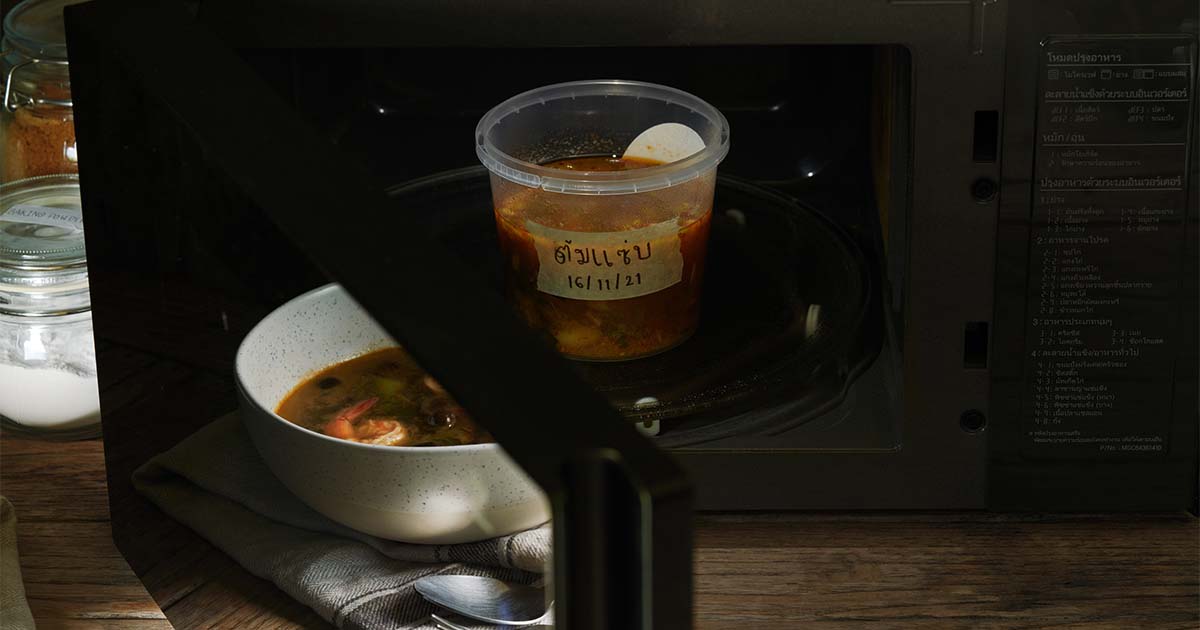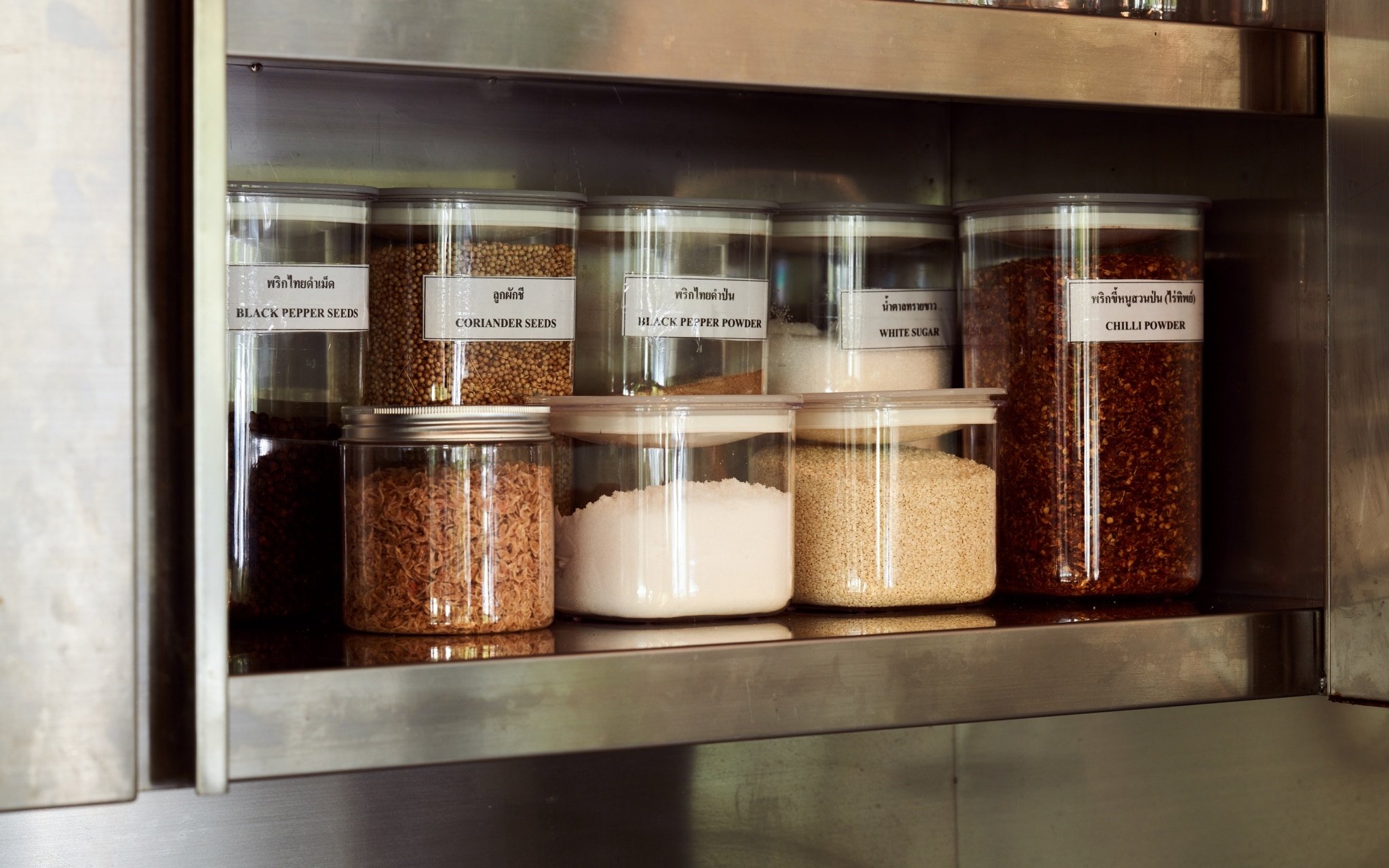There are few things better than making your homemade soup to share with your loved ones at a family gathering, or a simple yet comforting, hearty dinner. Making soup is a lot of fun! From assembling and chopping the ingredients, then watching over the pot while the ingredients soften and blend together with spices sizzling and blooming. Add in the stock or water to get the cooking underway, and you can then step aside and go prepare other dishes. Just wait for the delicious aroma of the soup wafting throughout your house, and you’ll know when the soup is ready!
Whether you’re making your stock from scratch or using an instant, store-bought version, getting in the kitchen, preparing, and making your own soup is always a rewarding experience. If the soup is not finished, portions for one, two, or many more can be put away in the fridge or even the freezer as a reliable life-saver. The trick, however, is knowing how to store it away for reheating in the most efficient, and most importantly, safe way.
How Long Can You Store Your Soup?

The golden rule you must remember is that soup can be stored in the refrigerator for about three days. However, we advise that you should always taste your soup before deciding to reheat it. Clear, vegetable-based soup with some acidity, like tomatoes, will last longer. Chicken soup usually lasts for about three to five days, while creamy soups will last for about three days, and seafood soup for only two or three days maximum.
However, you might be surprised to know that some soups can be kept for almost up to a week in the fridge. Given that your refrigerator is kept at 4ºC or below, how long you can really store your soup depends on two things; what’s in the soup, and how it was cooled down. The best thing to do is learn to trust your nose and taste buds, and always be on the lookout for funky smells and sourness.
Depending on what you put in your soup, a frozen portion can last you up to three months, given that your freezer is kept at the appropriate temperature. As always, trust your gut after defrosting, and it looks, smells, and tastes weird, it’s time to throw it in the bin.
Storing Soup Safely
The key to cooling and reheating foods in a safeway is speed. It’s easier to cool and reheat your soup when you’re working with smaller amounts. The larger the amount of soup, the longer it will take to cool down, which increases the potential risks for spoiling.
Professional kitchens use an ice bath, but what you can do at home is:
- Place a container of your soup in a larger container that’s filled with ice water
- Allow the ice water to come up to the same level as the soup.
- Keep stirring until the soup cools to speed up the process
- Once your soup is at room temperature, it can be divided, covered, refrigerated or frozen.
Remember. don’t cover the soup until it’s at room temperature, or else it will only slow down the cooling time!
Reheating

Fortunately, soup is super easy to reheat, both on top of your stove or in your ever-reliable microwave. If you need to defrost your batch of soup, do it in the fridge, or in the microwave. Also, remember not to reheat a portion more than once. The key is just to take out what you will really eat (and finish), and keep the rest of it cold.
Another golden rule to remember is that if you’re reheating a chicken or meat broth or a clear soup, be sure to boil it for three minutes so that you can be sure to kill off any harmful bacteria that may have started to develop inside the soup.
Soups are some of the most flexible type of food when it comes to storing and reheating because you can boil it without the risk of scorching or burning. However, reheating is harder with soups that are thickened with flour or cream, or those that contain seafood. These types of soups may over-reduce, turning too salty, thick, or cloudy. Our tip is just to boil it, then lower the heat, and stir it, as it gently comes to a simmer for a couple of minutes. Do this if, and only if, you trust that the soup doesn’t smell or taste weird when you take it out of the refrigerator.
All in all, making your homemade soup is a lot of fun. You can control your own ingredient list, using just what you like and leaving out what you don’, or you can just use the ingredients that you know will be good for your health. And, of course, you’ll also save a lot of money making your own homemade soup rather than buying pre-made. Just think how happy you’ll be once you’ve eaten your very own bowl of soup, and put some away in the refrigerator for later in the week, or the freezer for days when you need to eat something a little more comforting.



